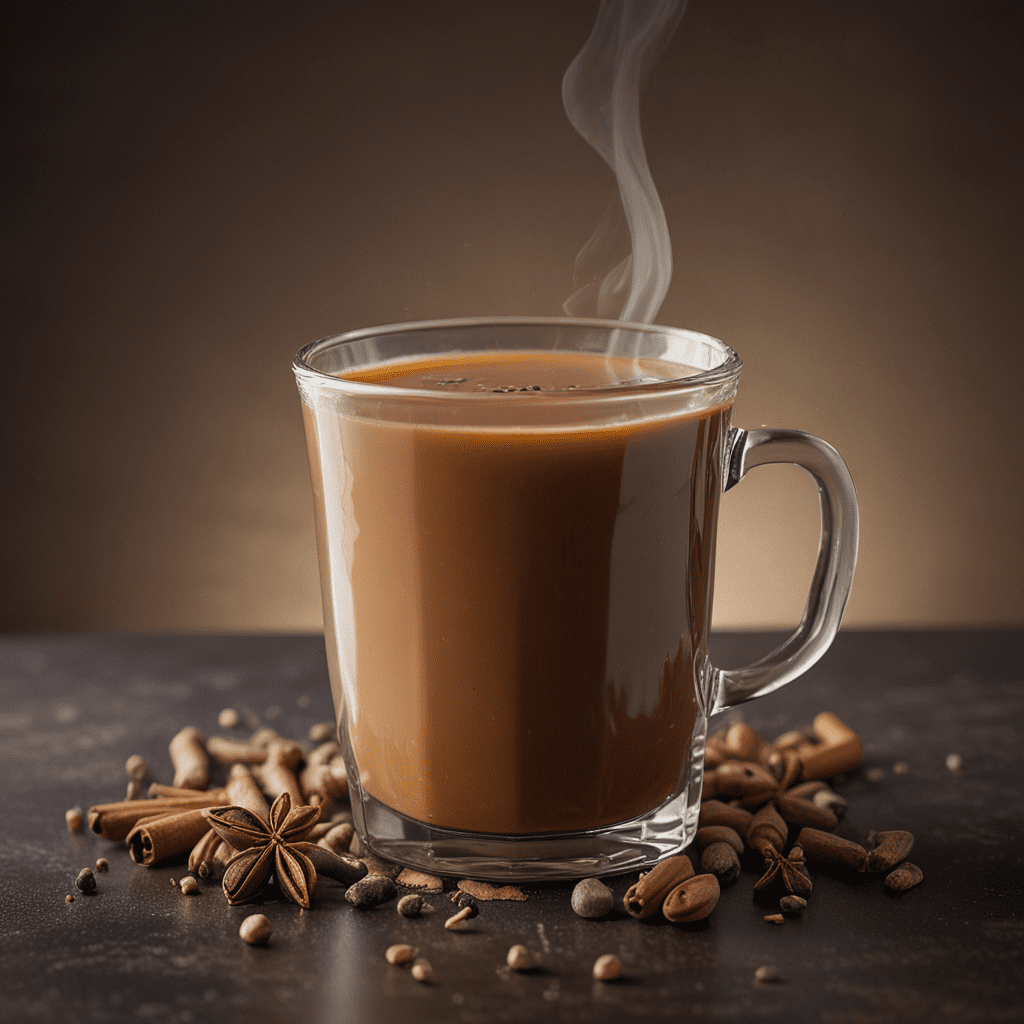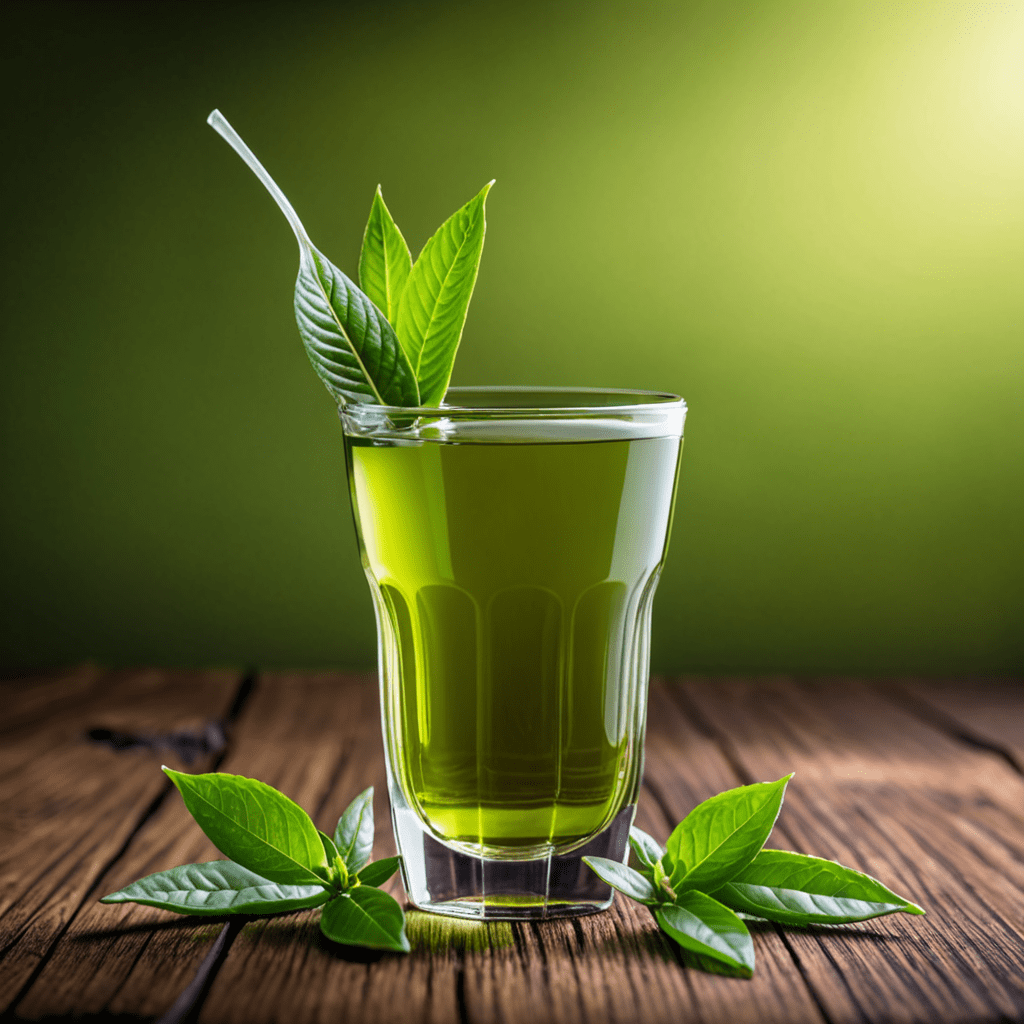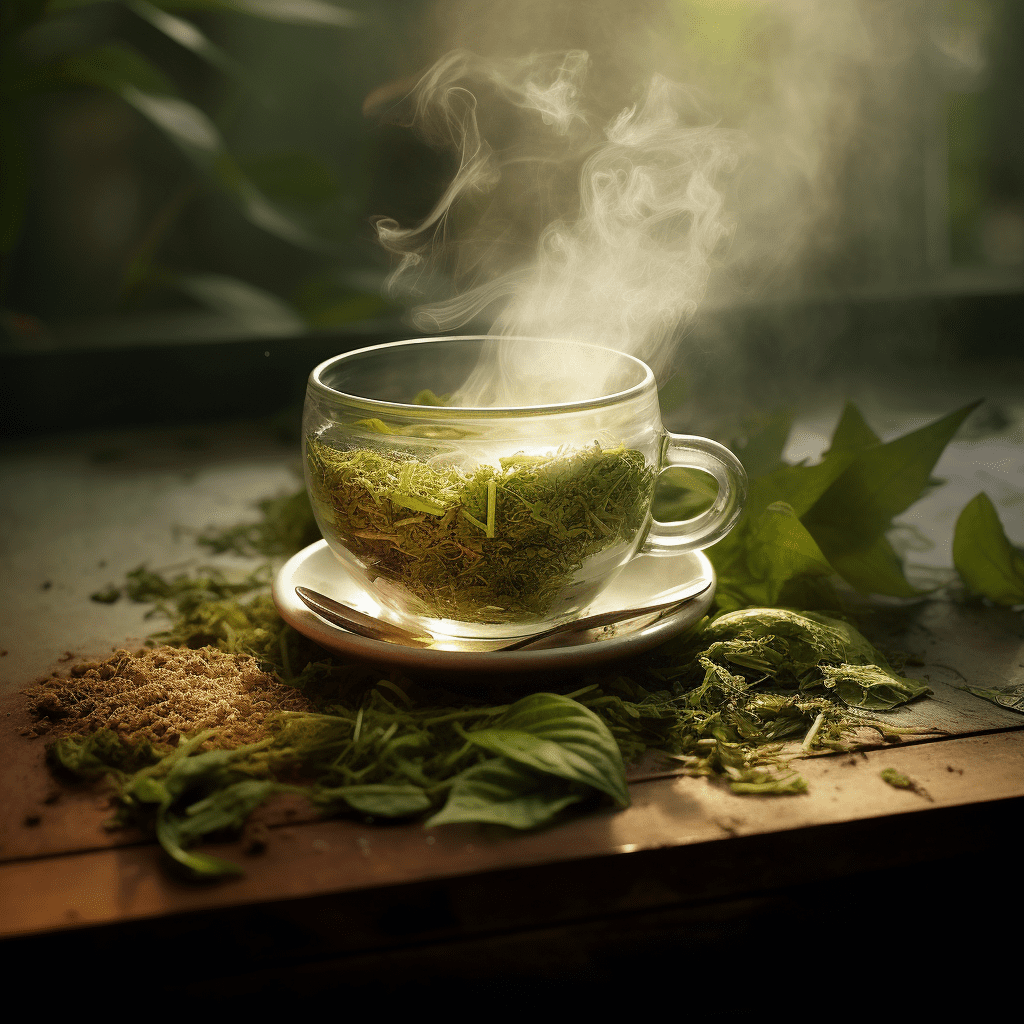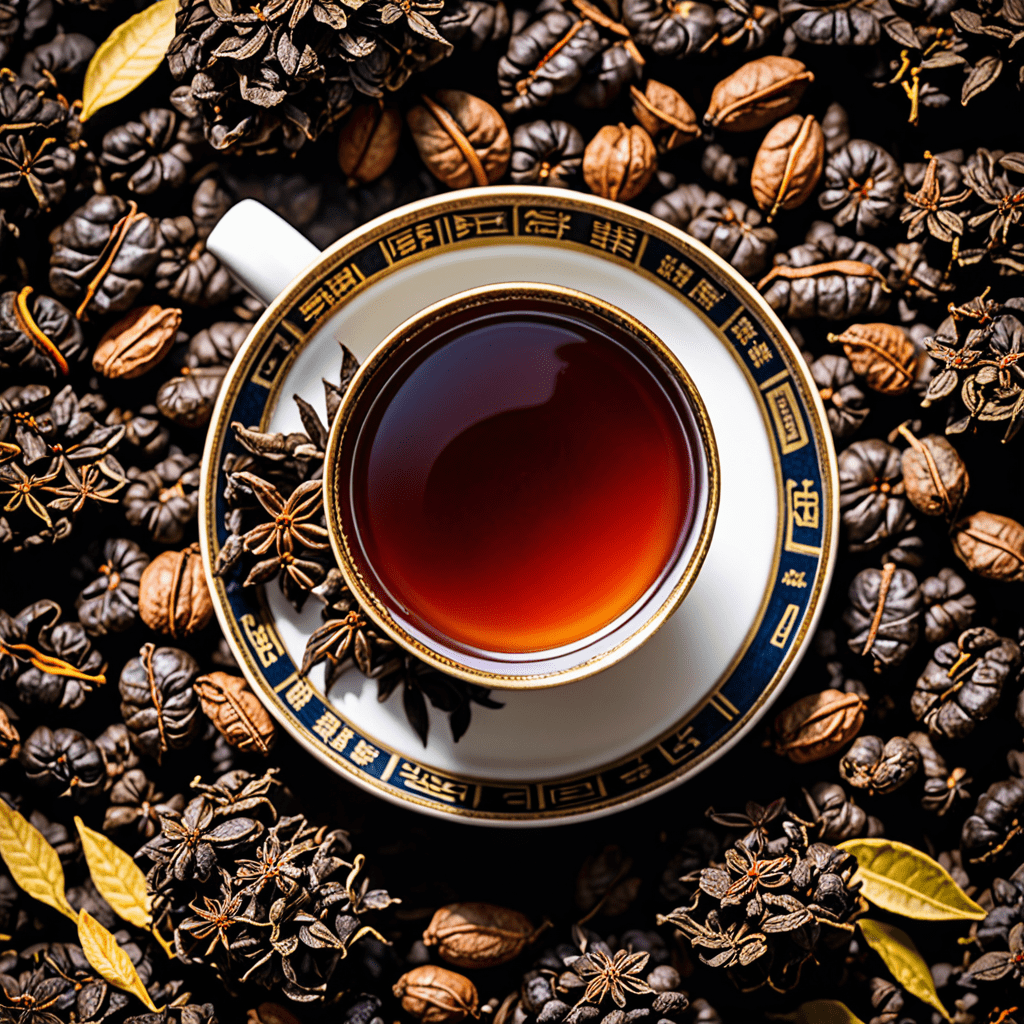
Chai Tea: Aromatic Elixirs for the Senses
Chai tea, a mesmerizing blend of spices and black tea, has captivated taste buds for centuries. Its origins trace back to the ancient Indian subcontinent, where it was traditionally prepared as a healing elixir. Today, chai has evolved into a global phenomenon, enjoyed for its aromatic allure, comforting warmth, and numerous health benefits.
Origins and History
Chai tea can be traced back to the Ayurvedic tradition of India, dating back over 5,000 years. Known as "masala chai," it was believed to possess medicinal properties and was used to treat various ailments. Spices like ginger, cinnamon, and cardamom were added to black tea to enhance its flavor and healing effects.
The Spice Symphony of Chai
The hallmark of chai tea lies in its symphony of spices. Traditional recipes often include a blend of ginger, cinnamon, cardamom, cloves, and black pepper. However, variations in spice combinations exist across regions, with some incorporating additional flavors like nutmeg, star anise, or fennel. Each spice adds a unique layer of aroma and taste, creating a complex and captivating brew.
Variations Across Cultures
While the core ingredients of chai tea remain consistent, variations have emerged across different cultures. In India, chai is commonly prepared with milk and sugar, resulting in a sweet and creamy beverage. In Tibet, yak butter is traditionally added, giving it a rich and nutty flavor. Middle Eastern chai often includes saffron, adding a subtle floral touch. These variations showcase the adaptability and global appeal of chai tea.
Traditional Preparation Methods
Traditionally, chai tea is prepared by simmering loose tea leaves in water with spices and milk. The tea is often strained into cups and sweetened to taste. In India, chai is frequently served in small clay cups called "kulhads," which enhance its earthy aroma. Mortar and pestles are commonly used to grind the spices, ensuring a fresh and robust flavor release.
6. Health Benefits of Chai Tea
Beyond its captivating flavor, chai tea is also renowned for its potential health benefits. The spices used in chai possess antioxidant, anti-inflammatory, and antimicrobial properties. Studies have suggested that regular consumption of chai tea may support digestive health, reduce inflammation, and boost the immune system. Additionally, the presence of black tea provides a moderate dose of caffeine, offering a gentle boost without the jitters.
7. Chai as a Culinary Complement
Chai tea's versatility extends beyond a comforting beverage. Its aromatic profile makes it an excellent culinary complement. Chai spices can be incorporated into baked goods, desserts, and savory dishes. Chai-infused cookies, cakes, and pies offer a warm and fragrant twist on classic treats. Additionally, chai tea can be used as a marinade for meats or as a flavorful addition to curries and stews.
8. The Rituals of Chai Tea Consumption
In many cultures, drinking chai tea is more than just a refreshment; it's a ritual. In India, chai is often consumed in the morning as a way to start the day or in the evening as a relaxing nightcap. The preparation and consumption of chai is often accompanied by social interactions, fostering a sense of community and togetherness.
9. Chai Tea in Modern Culture
Chai tea has gained immense popularity in Western cultures in recent years. It is widely available in coffee shops, teahouses, and supermarkets. Chai tea lattes have become a popular alternative to coffee drinks, offering a comforting and flavorful experience. The versatility of chai tea has also led to the creation of chai-inspired products, such as chai-flavored yogurt, ice cream, and even chocolates.
10. Tips for Enjoying the Perfect Chai
To fully appreciate the magic of chai tea, consider the following tips:
- Use high-quality loose tea leaves for optimal flavor and aroma.
- Experiment with different spice combinations to find your perfect blend.
- Allow the spices to simmer in the water for a longer period to extract their full flavor.
- Sweeten the chai to your taste with sugar, honey, or maple syrup.
- Serve chai hot in the winter or chilled as iced chai in the summer.
Frequently Asked Questions (FAQs)
Q: What is the difference between chai tea and regular tea?
A: Chai tea is a blend of black tea with spices, while regular tea is typically just black, green, or herbal tea.
Q: How much caffeine is in chai tea?
A: The caffeine content in chai tea varies depending on the type of black tea used. However, it is generally lower than coffee and provides a more sustained energy boost.
Q: Can chai tea be made without milk?
A: Yes, chai tea can be made without milk. Simply omit the milk and replace it with water or a plant-based milk alternative.
Q: What are some popular chai tea variations?
A: Popular variations include Masala chai (with milk and sugar), Tibetan chai (with yak butter), and Kashmiri chai (with almonds and saffron).


